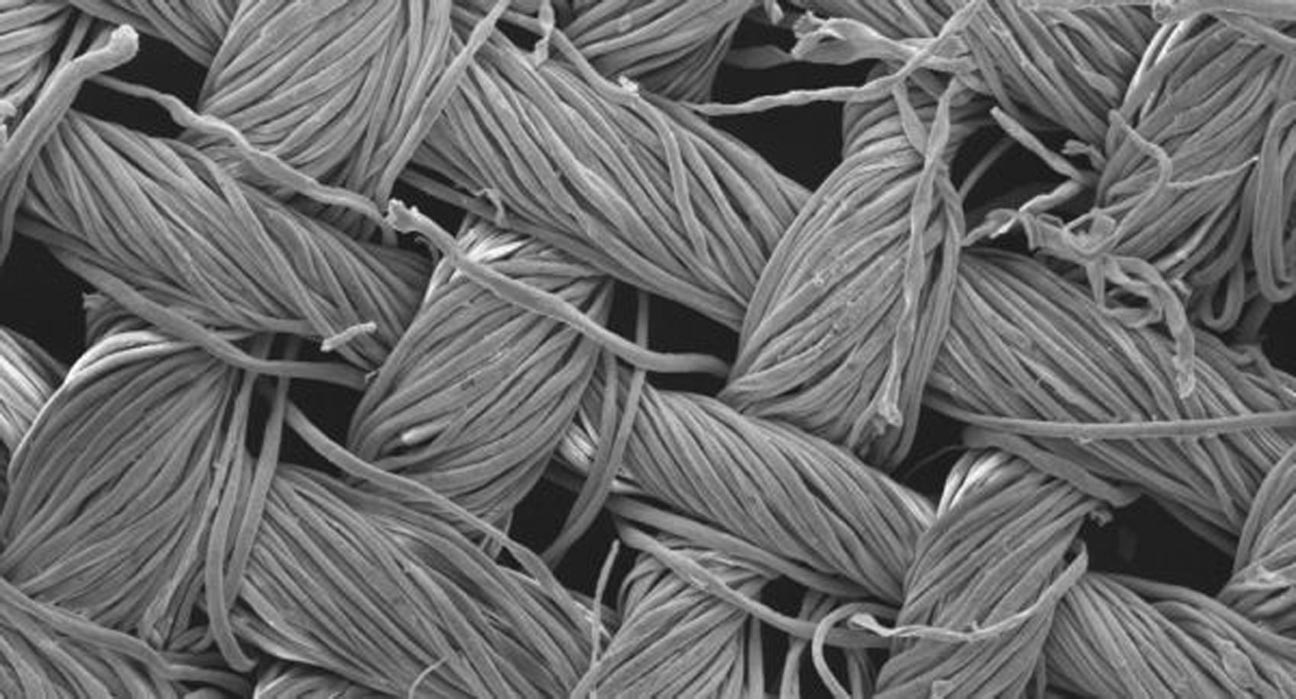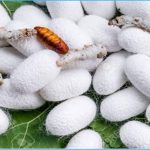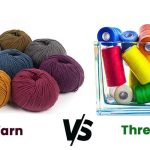Smart textile innovations are opening up a brand new avenue for producers and bringing new purposes to it. Self Healing Fabric is one of them. Nowadays; textiles are being used for architecture; wearable technologies; environmentally responsible fabrics, and bio leathers. With the help of nanotechnology, many value additions can be made to a normal piece of textile material.
Self Healing Textiles
The self-healing or automatic repairing gave rise to the innovative idea of self-repairing textile materials. Self Healing Textiles astonished all of us. Let’s see how self-healing works and explore some related topics
Total Time: 5 minutes
Beginning of Self Healing Textiles
The concept of self-repairing has been common in the plastic, ceramic, and metal industries.
Taking the textile industry a step further to the future of fabrics is a mind-blowing invention of different self-healing materials.
There are several strategies used in the industry to achieve such results on fabrics such as reversible cross-links; using nanotechnology that releases healing agents; employing technologies like shape memory effect; nanoparticle migration, electrohydrodynamics; conductivity, and co-deposition.
Does Self Healing Textiles really works?
Self-repairing technology has also found its way into textiles and garments. The ability of a material to heal automatically is the most promising functionality in smart textiles currently in the whole industry.
Considered to be a concept that was pursued as science fiction by many in the textile industry is now a reality. An innovative layer of textile coating can now heal materials by sealing small holes and little tears in the surface layer.
This technology has originally been made for waterproof work-wear gear for professional fishermen. The teams of researchers and scientists from a Scandinavian country have developed this piece of an intelligent raincoat.
How Self Healing Textiles Works?
Self Healing technology uses the plastic material polyurethane, which when applied in the liquid state to the surface of the textile that is underlying in the professional raincoat, eventually hardens.
The coating is created by adding micro-capsules that are glue-like substances of the healing agent to liquid polyurethane, and on hardening creates a resilient bond with the textile. Hence when there is a tear in the coating, the capsules burst in the area that is damaged. The sealant when it comes in contact with the air and water hardens and the coating seals itself.
The experiments in the laboratory have produced positive results but there are a few obstacles that need to be cleared before the product is commercially available.
The fact that the textile material can heal tears more than a certain millimeter and how water resistant are the micro-capsules in producing the glue-like effect need to be worked upon. Nonetheless, a novel technology like this has a lot of potential in the future of smart textiles.
Behavior of Self Healing Technology
self-repairing textile technology displays a rubber-like behavior. The molecules in such materials associate to form a supermolecular rubber which contains cross-links and chains.
The rubber-like substance can be stretched and it still returns to its original structure. By bringing the surfaces together at room temperature for a couple of minutes the material can be repaired automatically and all damages can be healed.
Future of Self Healing Fabric
The textile industry is progressing towards creating more functional products and smart fabrics for a sustainable and greener future. Many brands and retailers are joining hands with innovators and researchers in the field of sustainability for a more responsible future.
The concept of self-healing however is rapidly being used in the metal, ceramics, and plastic industries, but is still in a very nascent stage in the textile industry. With textile researchers and scientists using several different substances to get the desired output of self-repairing garments, the idea is technologically challenging but the possibilities are viable.




